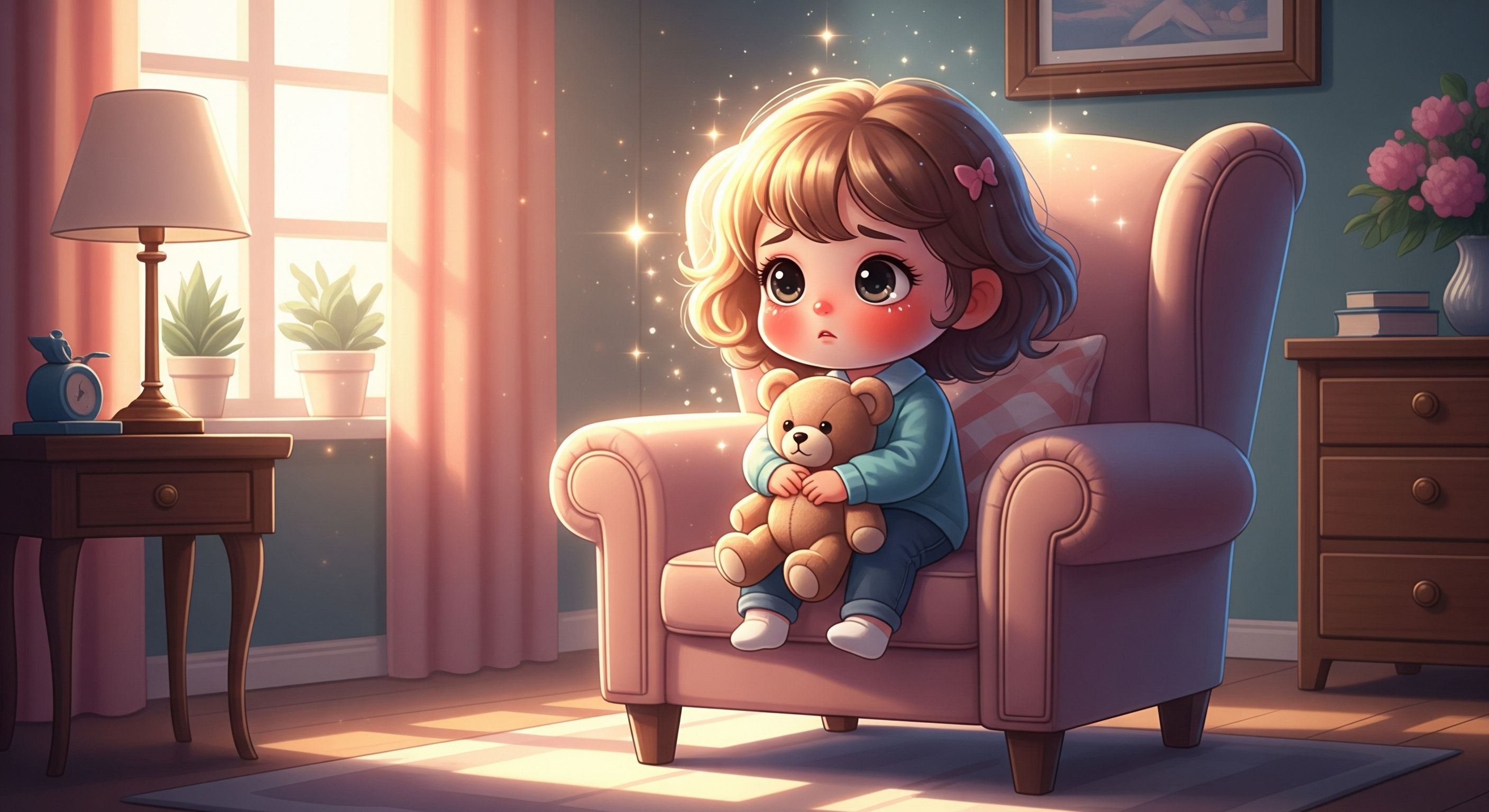Are you struggling to leave your little one behind without a tearful goodbye? You're not alone. Many parents face the challenge of managing separation anxiety in their toddlers.
Seeing your child upset can be distressing. It can also disrupt your daily routine. In this article, we'll explore effective strategies to ease the transition. We aim to create a more comforting environment for your child, strengthening the bond between you and your little one.
By implementing these simple yet powerful tips, you'll be able to reduce your child's distress. Goodbyes will become easier. Let's dive into the solutions that can help you and your child feel more secure.
Key Takeaways
- Establish a consistent goodbye ritual to provide reassurance.
- Gradually increase separation time to help your child adjust.
- Create a comforting bedtime routine to promote a sense of security.
- Leave a familiar object with your child to provide comfort.
- Stay calm and patient, as your child looks to you for emotional cues.
What Is Separation Anxiety Toddler Development?
It's important to understand separation anxiety in toddlers to help them feel better. As parents, we must know it's a normal part of child development.1
Separation anxiety often starts around 8 months old and can peak between 14 to 18 months.1 It shows how much toddlers rely on their caregivers.
Normal Developmental Milestones
Toddlers go through big changes. One key thing is forming a strong bond with their caregivers. This bond is vital for their emotional and social growth.
As they grow, toddlers learn that things and people exist... [truncated]
Works Cited
-
Stanford Medicine Children's Health. (n.d.). Separation Anxiety in Children.
Annotation: This source explains that separation anxiety is a normal stage of development, typically starting around 8-14 months and peaking around 18 months. It outlines common signs like excessive crying and clinginess.
https://www.stanfordchildrens.org/en/topic/default?id=separation-anxiety-in-children-90-P02283 -
Mayo Clinic. (2024). Separation anxiety disorder.
Annotation: This article differentiates normal separation anxiety from separation anxiety disorder, noting physical symptoms like headaches and stomachaches as potential signs of a more serious issue that may require professional help.
https://www.mayoclinic.org/diseases-conditions/separation-anxiety-disorder/symptoms-causes/syc-20377455 -
KidsHealth from Nemours. (2022). Separation Anxiety.
Annotation: This guide provides practical tips for parents, including practicing short separations at home and establishing a simple, consistent goodbye ritual to help ease a child's anxiety.
https://kidshealth.org/en/parents/sep-anxiety.html -
Cleveland Clinic. (2022). Separation Anxiety in Children.
Annotation: This resource advises parents to keep goodbyes short and sweet to avoid prolonging the distress and to maintain a calm, confident demeanor to reassure the child.
https://my.clevelandclinic.org/health/diseases/15286-separation-anxiety-in-children -
Zero to Three. (2023). "Don't Go!": Responding to Your Child's Separation Anxiety.
Annotation: This article discusses the role of transitional or comfort objects, like a blanket or favorite toy, in helping a child feel connected to the parent even when they are not physically present.
https://www.zerotothree.org/resource/dont-go-responding-to-your-childs-separation-anxiety/
